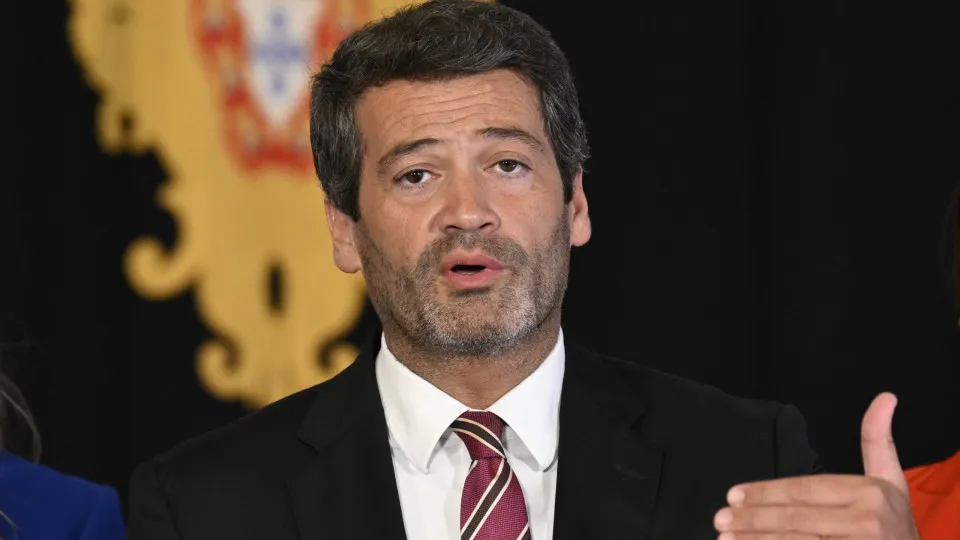“We have planned to invest around 2.5 billion euros in Portugal, of which 1.7 billion euros will be allocated to networks, but this obviously still depends on the final proposal from ERSE,” stated the executive at the press conference during the presentation of the new strategic plan, referring to the decision on the Development and Investment Plan of the National Electricity Transmission Network (PDIRT-E) for the 2025-2035 regulation period.
“We will wait for that proposal to make a definitive decision,” he added.
The executive emphasized that the group “reacts to stimuli and incentives,” noting that the current context in Portugal is favorable for investment.
“I think it’s positive to have a context of lower taxes. That promotes investment, and we are also reacting to it,” he remarked, referring to the reduction in the corporate tax rate and the end of the special tax on new investments, a measure included in the State Budget for 2026.
According to Miguel Stilwell d’Andrade, “creating the right conditions attracts investment, including from a company like EDP, to invest more in Portugal.”
If the fiscal and regulatory conditions are confirmed, investment in networks in Portugal “will increase from around 1.8 billion euros in the last regulatory period [2030] to more than 3 billion euros in the coming years,” which represents “an increase of more than 250 million euros per year in additional investment.”
This boost “implies more corporate tax, more VAT, more personal income tax, more Social Security contributions, and more jobs created because we are investing more in the country,” he highlighted.
The CEO of EDP further emphasized that the investment in networks “covers the entire national territory.”
“This is an investment that is made in every municipality, across the country—it is not concentrated in a single place. We have to mobilize vast teams on the ground,” he said.
In the strategic plan for 2026-2028, presented this morning, EDP plans to invest a total of 12 billion euros, primarily in the renewable energy segment in the United States and electric networks in the Iberian Peninsula. Approximately 35% of the amount will be allocated to the North American market and another 30% to the Iberian market, while 10% will go to Brazil and the remainder to other markets.
By segments, 70% of the global investment will be directed towards renewable energies, customers, and energy management, with 30% going to electricity networks.
“Obviously, we are also investing in the United States and Spain—we have a global vision—but we allocate capital based on the opportunities and returns we identify,” concluded Stilwell d’Andrade.




